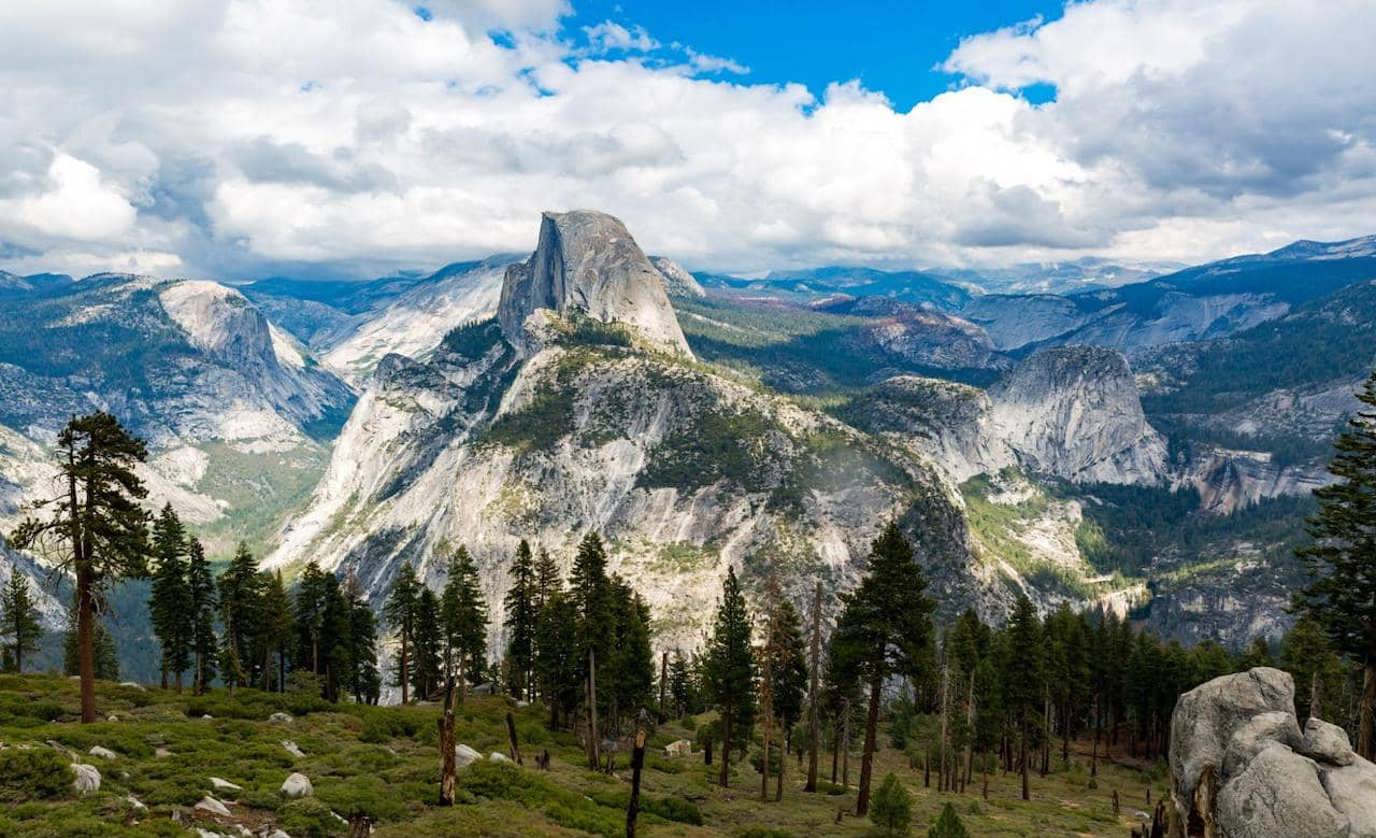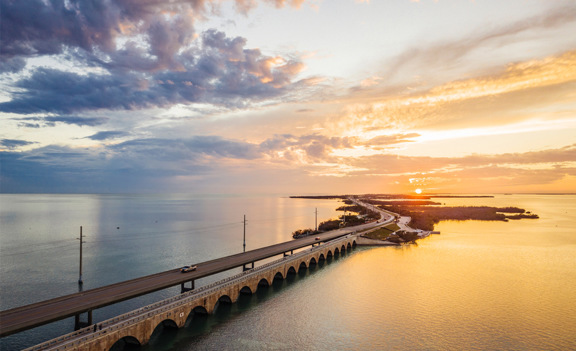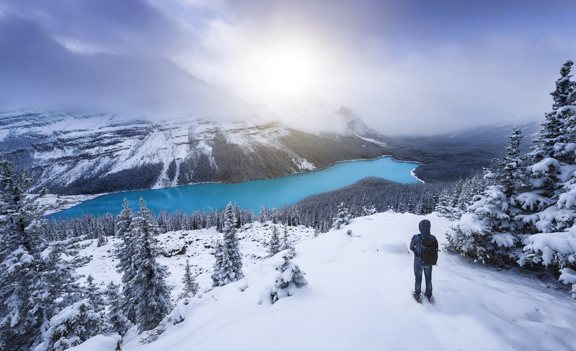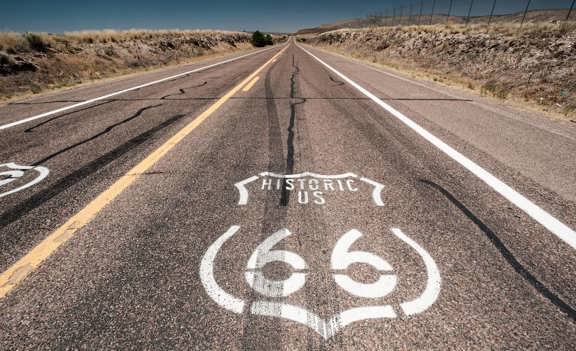
There are as many ways to enjoy the outdoors as there are people who love being outside. But we humans have a bigger effect on this planet than we may realize. Perhaps you’ve heard of the famous outdoorsy saying, “Leave No Trace.” More than just a reminder to “take only pictures and leave only footprints,” Leave No Trace refers to a national educational program designed to help inform the public about reducing damage to our natural surroundings when visiting and doing outdoor activities.
The Leave No Trace Center for Outdoor Ethics is the intersection of cutting-edge earth sciences research and the desire to educate everyone on how to be a good steward of our land. Nature is for everyone, and it is all of our responsibility to protect it while we enjoy it. Many indigenous cultures have always embodied the values of good land stewardship.
By the late 1980s, the first seeds of Leave No Trace as we know it today were developed by the U.S. Forest Service, the Bureau of Land Management, and the National Park services as guidelines for backcountry and wilderness recreation. As of today, the Leave No Trace program is an international effort to support conservation, education, and more research into our precious ecosystems.
Armed with the seven Leave No Trace principles, wilderness visitors can be sure they are minimizing the amount of harm to the land and its other inhabitants while also doing their part to preserve these beautiful nature enclaves.
The 7 Leave No Trace Principles
Most people don’t actively want to harm our natural surroundings but sometimes are unaware of the effects their actions can have in the wild. Each of us has to work together to protect our natural world, and together we can achieve a lot.
Plan Ahead and Prepare
The first step for Leave No Trace is to plan ahead and prepare. This step is all about doing what you can in advance to cut down on waste and not be caught underprepared in a potentially dangerous situation.
Plan Ahead
Planning starts even before you leave for the trip. Try to avoid crowded or peak use times when possible. No one likes a crowded trail or park, but high traffic can also put unnecessary stress on the environment’s flora and fauna. Similarly, whenever possible, visit in small groups or consider breaking up larger groups into smaller ones.
Planning ahead also means having maps or GPS available of the area you’re in so you do not need to rely on markings, flagging, or creating rock cairns to find your way — especially in backcountry experiences.
For car or RV campers or people just venturing out for a nice picnic in the park, you can plan ahead by repackaging your food to minimize the amount of waste you’re carrying in (and out). Avoid single-use packaging when possible, and bring a secure bag in which to put your trash, so it doesn’t end up anywhere it doesn’t belong.
Prepare
It’s important to know the regulations for the area you’re visiting. You should be prepared for the types of extreme weather or hazards that go along with the terrain. Make sure you’re prepared to handle basic emergencies that could arise based on your type of recreation and the natural dangers present in the area.
Travel and Camp on Durable Surfaces
Durable surfaces include designated campsites and well-maintained trails, rock, sand, dry grass, and/or snow. It’s important to be sure to camp at least 200 feet from lakes and streams to protect the sensitive ecosystems that surround their shorelines.
In popular areas, campsites will be identified and maintained. There is no need to change the site. Avoid any vegetation that surrounds the pre-defined camping area and concentrate your activity near the middle of the site.
The limits on the number of people and tents per site are designed to keep campsites small. If there are pre-existing trails, be sure to use only those trails, and try to walk in the middle of the trail, even if that means getting your boots extra muddy.
For areas that are not maintained or designated campsites (such as boondocking areas or backcountry camping or hiking), it’s important to avoid places where you can see that someone else has already camped or hiked there. Do not create a new campsite or trail. In this style of camping, you want to completely minimize the impact your presence has had.
Dispose of Waste Properly
Any outdoor enthusiast who has found their serene trip to nature tainted by carelessly discarded litter knows the importance of disposing of waste properly. If you pack it in, pack it out! Before leaving your campsite, be sure to inspect your surroundings for trash, leftover food, and other litter. Take yours and any other waste you find out with you. Another common saying is “leave it better than you found it,” and you can make a huge difference just by helping get rid of human trash.
The Other Kind of Waste
Litter isn’t the only type of waste to manage when outdoors. If there are toilet facilities available, please use them whenever possible. If there are no restrooms available, it’s time to dig a cathole. Solid human waste should be deposited in a 6-8 inches deep hole at least 200 feet from water sources, the campsite, and any trails. Be sure to fully cover up and disguise the cathole when finished, and take all toilet paper and hygiene products used out with you.
Leave What You Find
“Take only photographs and leave only footprints,” goes the common saying. Are these Leave No Trace principles sounding familiar yet? Like in a museum, don’t touch any cultural or historic artifacts or structures — even if that is what you came to see. Look, photograph, and examine closely, but do not climb on or touch.
More than just historic artifacts, you should also leave rocks, plants, and anything else you find just as you found them. It may be tempting to take home a rock or shell as a memento, but leave these where they are because it is where they belong. Do not build any structures or furniture (even out of naturally found material).
Minimize Campfire Impacts
Campfires can be beautiful, but they also can cause long-term impacts to the environment. First and foremost, be sure to check local fire safety regulations to ensure that a fire is even possible. Alternatives to a campfire include using a cooking stove for cooking food or a lantern for light.
If campfires are permitted in your area, be sure to use fire rings that already exist, mound fires, or fire pans. Keep the fires small, so you can be sure they are under control and have water, sand, or dirt on hand to extinguish the flames should they spread beyond the contained area.
Use wood that was sourced within 50 miles of your camping location if you are purchasing firewood. If you find firewood, use small sticks that can be broken by hand and only those which are already dead and on the ground. Let the fire burn completely to ash and scatter the ashes once they’re cool.
Respect Wildlife
Wildlife can be beautiful, dangerous, and sometimes both. Be sure to keep a respectable distance from all wildlife–even non-predators. It’s not only about keeping ourselves safe. We have a duty to keep wildlife safe from us as well. During sensitive times such as mating, nesting, raising their young, and winter, wildlife should be given an even wider berth for our safety and theirs.
Feeding animals can be extremely damaging to the animal in a number of ways. On a basic level, feeding wildlife can harm their health, change their natural behaviors, and expose them to danger. Feeding wildlife can also habituate them to humans — creating aggressive pests out of animals like squirrels, raccoons, or birds; or potentially proving fatal for animals such as bears or wolves. Never feed the wildlife on purpose or even unintentionally. Make sure you store your food and trash securely so no wildlife can get in.
Your pets also can create issues in the environment when they are left unattended. Keep your pets under control at all times and watch to make sure they are not hunting, digging holes, or leaving waste. If you can’t guarantee your pet will be under control the entire time they’re with you, please leave them at home.
Be Considerate of Other Visitors
Even if it feels like you’re the only one out there, you won’t be forever. We should strive to respect other visitors and do our part to ensure their experience is as good or better than ours. The last of the leave no trace principles is all about protecting the experiences of those who come after you.
Courtesy is key when encountering other visitors. Try to avoid loud noises or voices to let nature’s sounds dominate the landscape. Being polite on trail means you should yield to other trail-goers deferring first to the person going uphill if applicable. Step to the downhill side of the trail to wait and let them pass. When taking a break, step away from the trail when possible to avoid blocking the trail for other users. Remember, we are all out there looking to make the most of our precious time away from work, and if we all do our part, we can share in the beauty.
Taking the Leave No Trace Principles With You
Leave No Trace is less of a specific set of rules you must follow. It is a belief system that values the entire outdoor ecosystem and strives to protect and preserve these beautiful places for future generations to come. When we respect nature, we seek to minimize our impact and become good shepherds of the outdoor world in which we want to live.
We don’t have to be isolated in the backcountry or visiting a federally protected nature preserve to practice the leave no trace principles. It’s important to apply these principles anywhere outdoors, including public parks and even in our own backyards and gardens. You can help further by demonstrating these principles when enjoying outdoor recreation with others and showing them how to live the principles every time nature calls.





